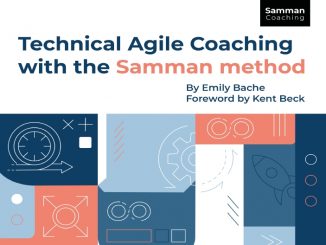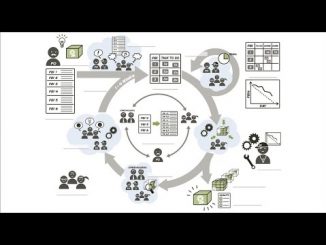People and team member management for Agile project management and Scrum software development teams.
What is Mindful Agile Leadership? It is the perfect balance of 3 essential elements: The agile mindset : the heart of agile – our attitude and approach to work that is collaborative, adaptable, open to change, value focused with continuous learning and growth. Mindfulness : the quality of awareness – non-judgmental, objective, deliberate observation and openness to whatever unfolds in the present. Servant leadership : being of service to others – focused on the growth and development of others, empowering teams to be high performing.
I recently posted a quote from a conference saying that “Removing hierarchy and cross-team dependencies made space for strong collaborative teams.” Interestingly, I got many comments and questions about it. So let’s talk about hierarchy and why we don’t need it in Agile space.
If today many people equal Agile with Scrum, the Agile approach is also deeply rooted in software engineering practices, like pair programming or refactoring, promoted by the eXtreme Programming (XP) movement. In this book, Emily Bache presents the Samman Technical Coaching approach. It is a method for helping software development teams to become more agile and raise the quality of their work.
The two presenters explore the misunderstandings and usages of Scrum roles using examples of what they have seen in organizations. They witnessed these dysfunctions not only in companies who are new to these roles, but also in organizations that were already applying Scrum for a while.
Agile methods encourage creativity through collaboration, but those ideas, and our responses to others, are filtered through our own perceptions. Most worrisome are the kind of perceptions that we have unknowingly built up and curated over many years, until we are barely aware of them.
Curious about how to build and sustain a remote-first culture? In this presentation, Rachel Davis explains how her team at Tes adapted their engineering practices to support small teams working in close collaboration over distance. With more engineers working from home or travelling than sitting at a desk in the London office, this talk covers how she organizes cross-team initiatives to sustain this way of working.
Startups are blowing established organizations out of the water on a regular basis. How on earth can small agile companies of 1-30 people beat multi-million companies with a lot of money, existing customers and experience? In this presentation, Karianne Berg, who has experience from several startups, shares some simple (but not easy!) tricks of the trade.








